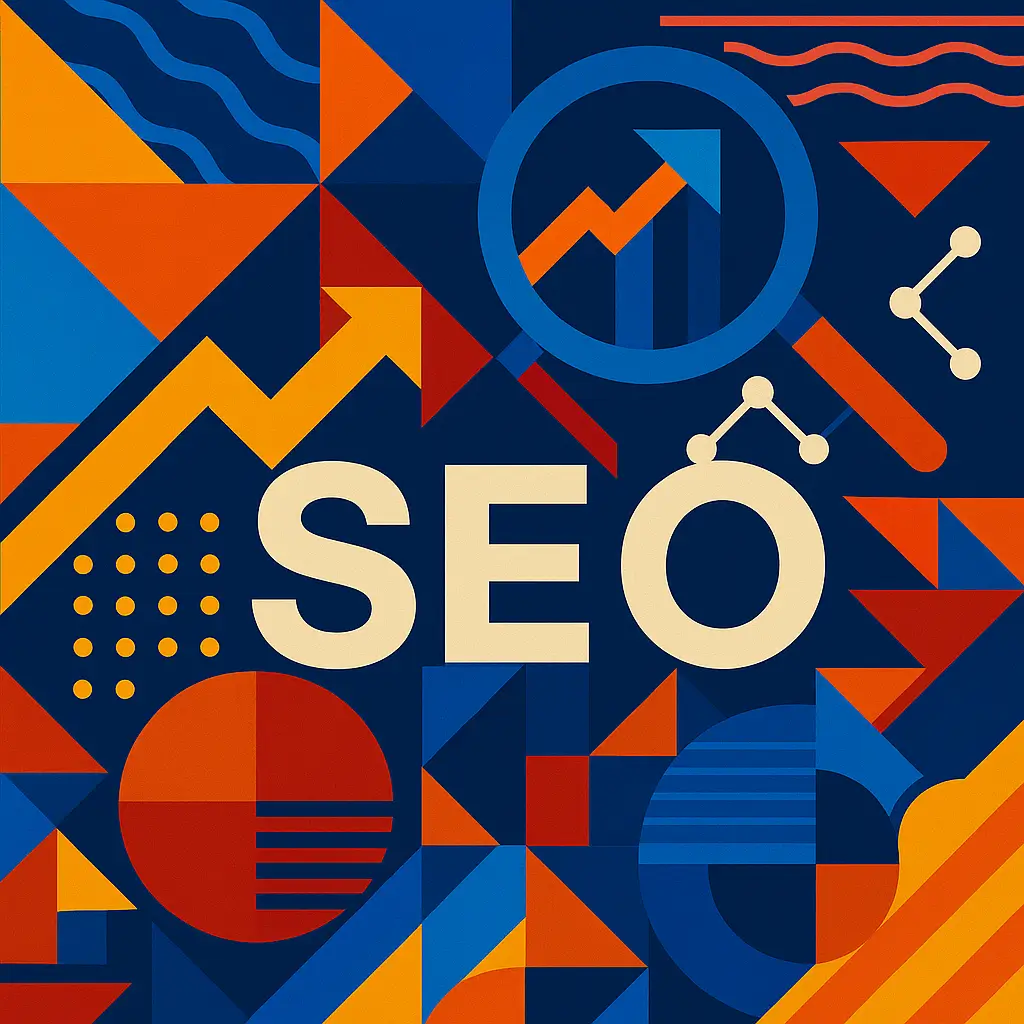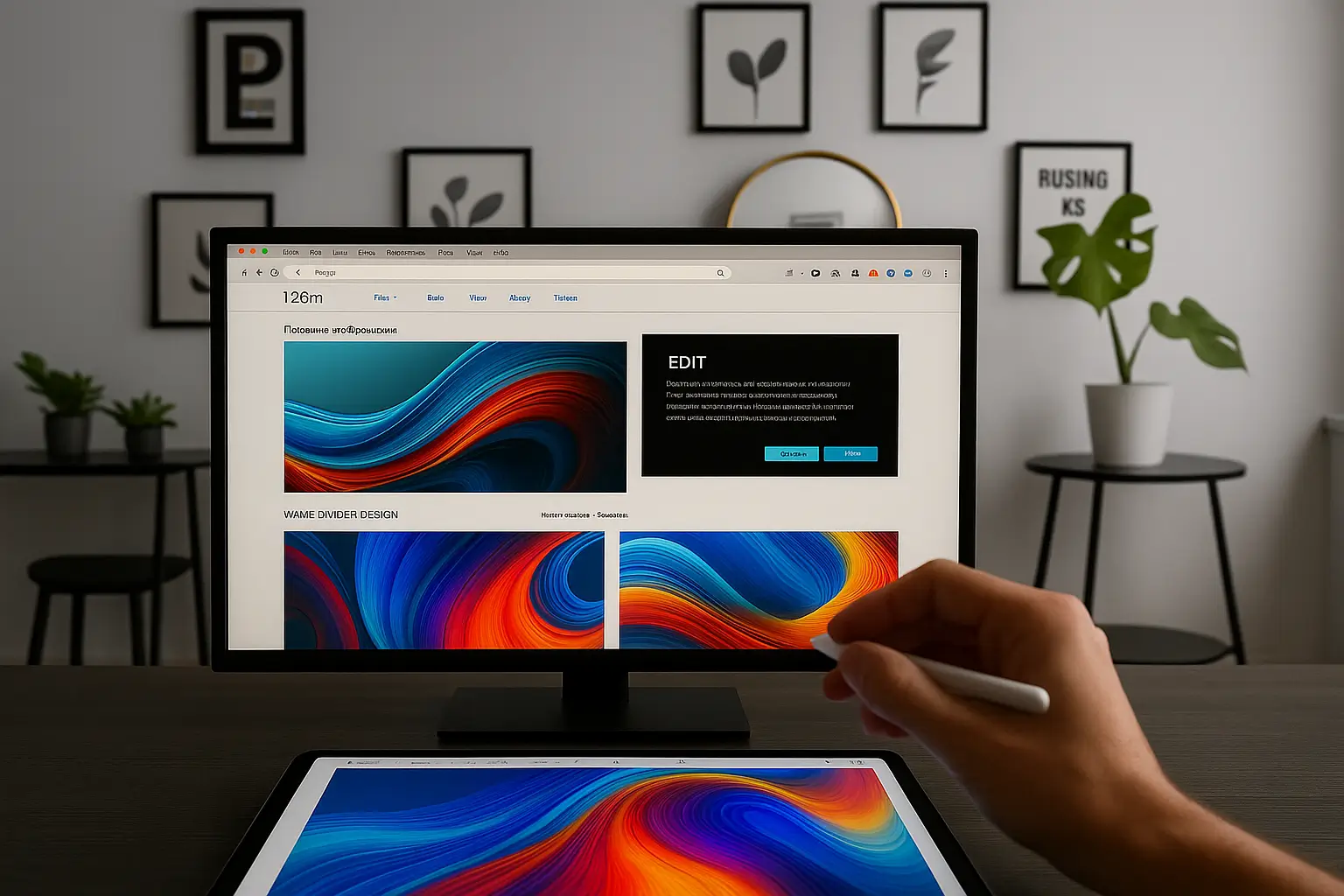In the ever-evolving landscape of digital marketing, video has firmly cemented its status as the dominant medium. As we navigate through 2025, understanding why video marketing remains critical for businesses is essential. Here’s why video marketing is your most potent digital tool:
1. Increased User Engagement
Video content consistently achieves higher engagement than other forms of media. With shorter attention spans and a preference for dynamic content, consumers find videos more appealing and easier to consume, significantly boosting interaction rates.
2. Enhanced SEO and Online Visibility
Search engines prioritize video content, helping websites with videos rank higher in search results. Videos optimize SEO performance by increasing dwell time and reducing bounce rates, leading to improved visibility and higher organic traffic.
3. Improved Conversion Rates
Video has proven to significantly increase conversion rates. Product demonstrations, testimonials, and explainer videos guide users through the buyer’s journey, instilling trust and clarity that drive purchase decisions.
4. Accessibility and Inclusivity
Advancements in AI-driven captioning and multilingual support have made videos accessible to broader, global audiences. Inclusivity through video marketing allows businesses to reach diverse populations, expanding their market presence and influence.
5. Dominance of Social Media Platforms
Platforms such as Instagram, TikTok, and YouTube prioritize video content, making it essential for businesses to leverage these channels effectively. Short-form videos, reels, and live streaming offer unparalleled opportunities for real-time engagement and virality.
6. Personalized Customer Experiences
Video enables brands to create personalized content tailored specifically to individual preferences and behaviors, significantly enhancing customer satisfaction and retention. Technologies like interactive videos and personalized recommendations amplify this benefit.
7. Enhanced Trust and Authenticity
Video content helps build authenticity and trust, as consumers value transparency and personal connections with brands. Behind-the-scenes looks, live Q&A sessions, and authentic storytelling resonate deeply with audiences, fostering brand loyalty.
8. Analytics and Performance Tracking
Video marketing tools in 2025 offer sophisticated analytics, allowing marketers to gain deep insights into viewer behaviors. Metrics such as viewer retention rates, engagement patterns, and click-through rates help refine strategies and enhance ROI.
9. Integration with Emerging Technologies
Integration with emerging technologies such as virtual reality (VR), augmented reality (AR), and artificial intelligence (AI) amplifies the immersive nature of video, offering innovative ways to captivate audiences and create memorable brand experiences.
10. Competitive Advantage
Brands utilizing video marketing effectively stay ahead of competitors. Video not only differentiates your content but positions your brand as forward-thinking and technologically savvy.
In conclusion, video marketing remains an indispensable digital marketing tool in 2025. By leveraging its power, businesses can increase engagement, drive conversions, build trust, and stay ahead in an increasingly competitive digital landscape. Embrace video marketing now to transform your digital strategy and achieve lasting success.






